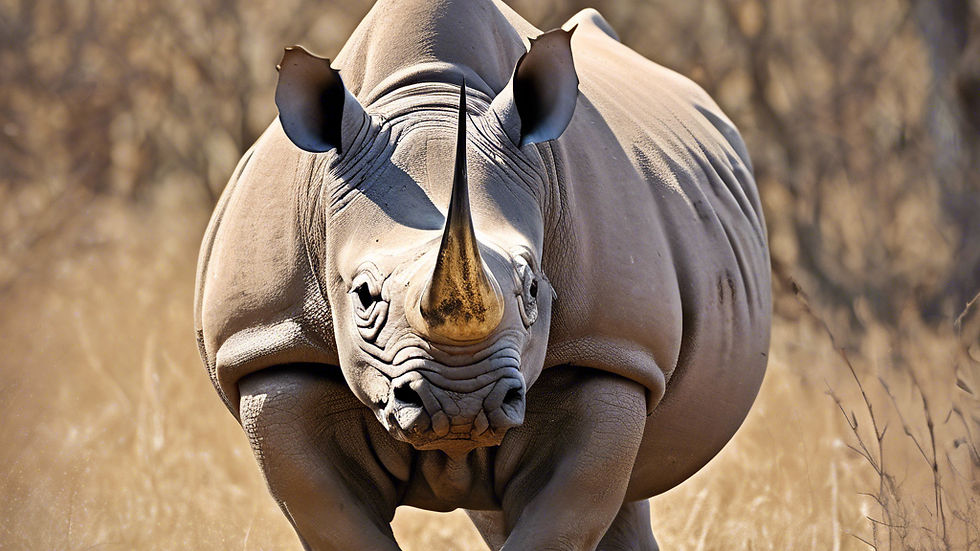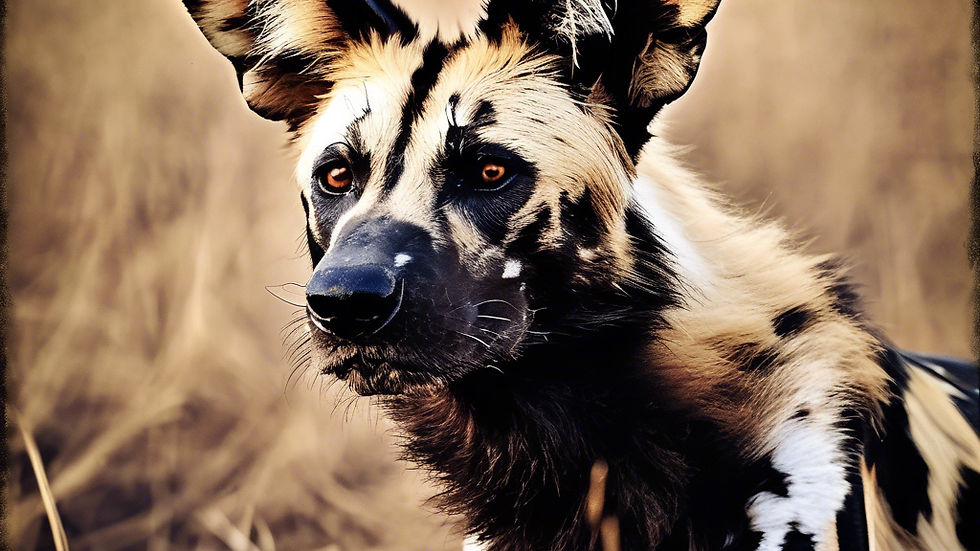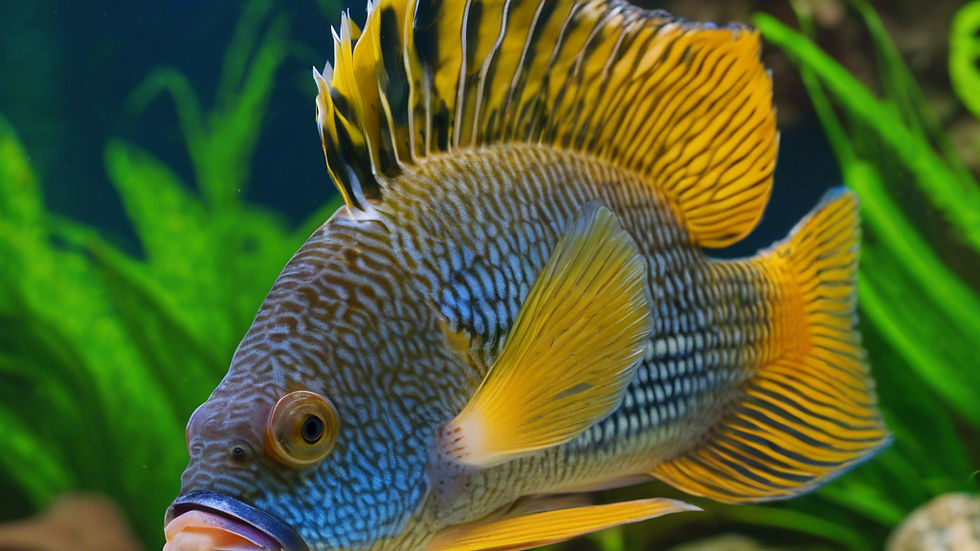Rare Species of Kenya: A Closer Look
- nyotatours
- Jun 6
- 2 min read
Updated: Jul 29
1. Eastern Black Rhinoceros
The Eastern black rhinoceros is critically endangered, primarily due to poaching and habitat loss. Conservation efforts are ongoing to protect this species.

2. Grevy's Zebra
Grevy's zebra is the largest of the zebra species and is recognized for its narrow stripes. It is classified as endangered, with its population declining due to habitat fragmentation and competition for resources.

3. African Wild Dog
Also known as the painted wolf, the African wild dog is one of the most endangered carnivores in Africa. Its population is threatened by habitat loss and human-wildlife conflict.

4. Pangolin
Pangolins are critically endangered due to illegal trafficking for their scales and meat. They are unique mammals known for their protective keratin scales.

5. Tana River Red Colobus
This primate species is endemic to the Tana River in Kenya and is critically endangered due to habitat destruction and hunting.

6. Lake Victoria Cichlids
Several species of cichlids native to Lake Victoria are endangered due to pollution, overfishing, and the introduction of invasive species.

7. Sitatunga
The sitatunga is a swamp-dwelling antelope that is considered near threatened. Its habitat is increasingly threatened by human encroachment and climate change.

Conservation Efforts
Efforts to conserve these rare species include:
Protected areas and national parks
Community-based conservation programs
Anti-poaching initiatives
Awareness campaigns to reduce human-wildlife conflict
Kenya's commitment to biodiversity conservation is crucial for the survival of these rare species.
The Importance of Biodiversity
Biodiversity is vital for ecological balance. It supports ecosystem services that benefit humans and wildlife alike. Healthy ecosystems provide clean air, water, and fertile soil. They also regulate climate and support food production.
Threats to Biodiversity
Despite its importance, biodiversity faces numerous threats. Climate change, habitat destruction, and pollution are significant challenges. These factors contribute to the decline of species and ecosystems.
Community Involvement
Community involvement is essential for successful conservation. Local populations can play a crucial role in protecting wildlife. Education and awareness programs can empower communities to take action.
Conclusion
In conclusion, Kenya's rare species are a treasure worth protecting. Conservation efforts are vital to ensure their survival. By understanding the importance of biodiversity, we can work together to safeguard these unique animals and their habitats.
For more information on conservation efforts, visit this link.
Kenya's commitment to biodiversity conservation is crucial for the survival of these rare species.









Comments